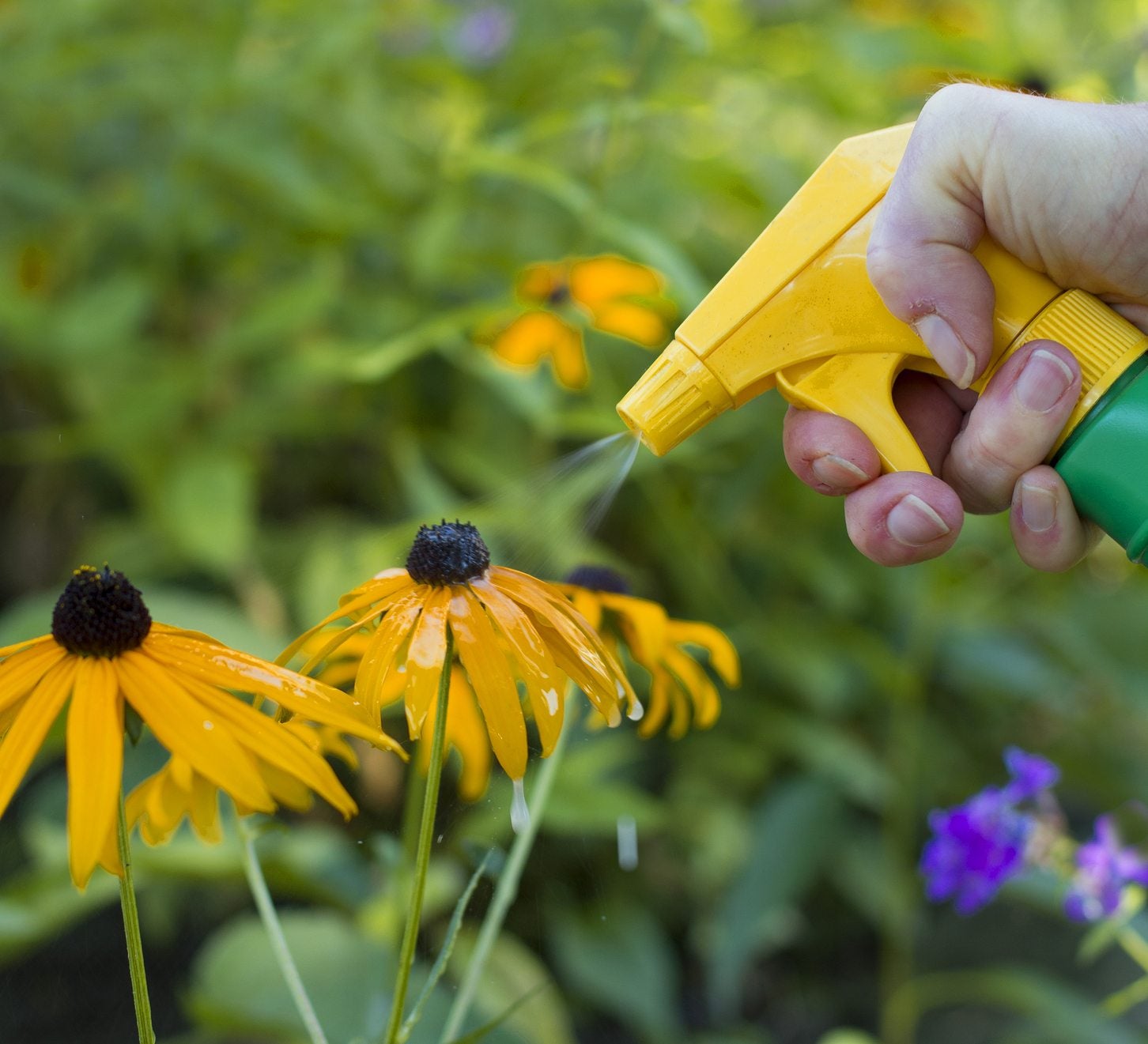What Are Herbicide Adjuvants: Herbicide Adjuvant Guide For Gardeners


If you have ever perused a pesticide label, you might be familiar with the term ‘adjuvant.’ What are herbicide adjuvants? Broadly, an adjuvant is anything that is added to enhance pesticide effectiveness. Adjuvants either improve chemical activity or application. Many are added just to help the chemical components adhere to leaves while others increase the solubility of the product. It can be confusing to unravel herbicide spray adjuvants and their properties, but we'll do it together and make some sense of these important additives.
Herbicide Adjuvant Guide
Adjuvants are common additives to many types of chemical plant formulas. You can find them in both herbicides and pesticides. Using herbicides with adjuvants can perform as wetting agents, solvents, stickers, stabilizers, spreaders, and penetrants. Adjuvants are the catalyst that makes the chemical formula better, faster, and more useful. An herbicide adjuvant guide should help sort out the various types and their functions. Many of us are familiar with surfactants, some of which are herbicide spray adjuvants. In technical jargon, a surfactant reduces surface tension between the droplets and the leaf surface. They are essentially wetting agents that help the chemical adhere to the leaf surface. Without them, the droplets would simply roll off and not get absorbed into the plant. There are four main types of surfactants that are adjuvants:
- Anionic surfactants enhance foaming.
- Non-anionic surfactants are more common in horticulture and primarily break surface tension.
- Amphoteric surfactants are rarely used in gardening but, occasionally, are found in specific formulas.
- Cationic is not used in the horticultural trade but in industrial cleaning chemicals.
Among the adjuvants there are three main classes used in horticulture:
- The first are the surfactants, wetting agents, penetrants, and oils. These are fairly self-explanatory but they are often purchased alone and then added to herbicide formulas to increase their effectiveness.
- The second are spray modifier agents. In this group are stickers, spreaders, filming agents, deposit builders, foaming agents, and thickeners. They are generally already in the manufactured formula.
- Finally, utility modifiers like emulsifiers, stabilizers, dispersing aids, coupling agents, anti-foam agents, and buffers. These herbicide spray adjuvants are also usually inside the bottle at purchase.
Adjuvant Use with Herbicides
Choosing your adjuvant will start with reading the herbicide or pesticide label. The wrong adjuvant can become a bane rather than a boon if applied to plants. Severe problems can happen in the wrong conditions, wrong species, and incorrect adjuvant. In large scale crop situations, nonionic surfactants instead of oil are recommended to prevent the potential of widespread damage. Read the herbicide label carefully for information on the recommended percentage of surfactant active ingredient. Most will list 75 percent. Chemical formulas that require adjuvants will tell you which and how much in the label. Remember, adjuvant use with herbicides is supposed to support the action of the purchased formula. If you can't find the information in the package directions, call the formula's manufacturer and find out for certain which and what concentration of adjuvant will boost that particular product. Note: Any recommendations pertaining to the use of chemicals are for informational purposes only. Chemical control should only be used as a last resort, as organic approaches are safer and more environmentally friendly.
Sign up for the Gardening Know How newsletter today and receive a free copy of our e-book "How to Grow Delicious Tomatoes".

Bonnie Grant is a professional landscaper with a Certification in Urban Gardening. She has been gardening and writing for 15 years. A former professional chef, she has a passion for edible landscaping.